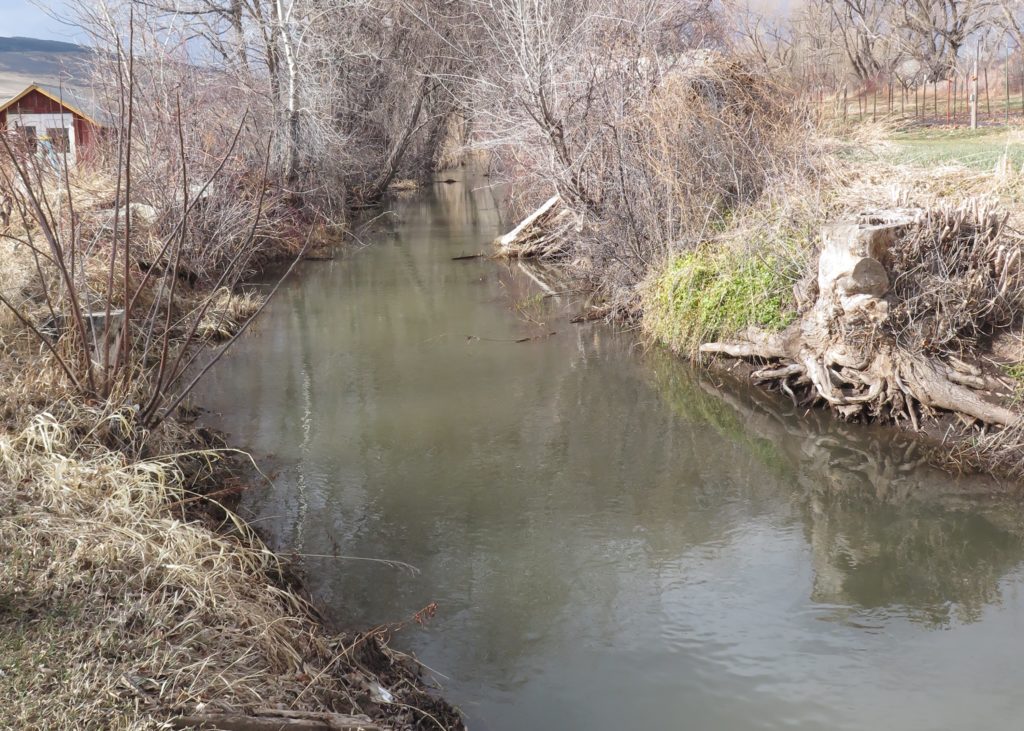Subscribe at the right of this page for a monthly post with writing explorations at the end for creating your own ecobiography.
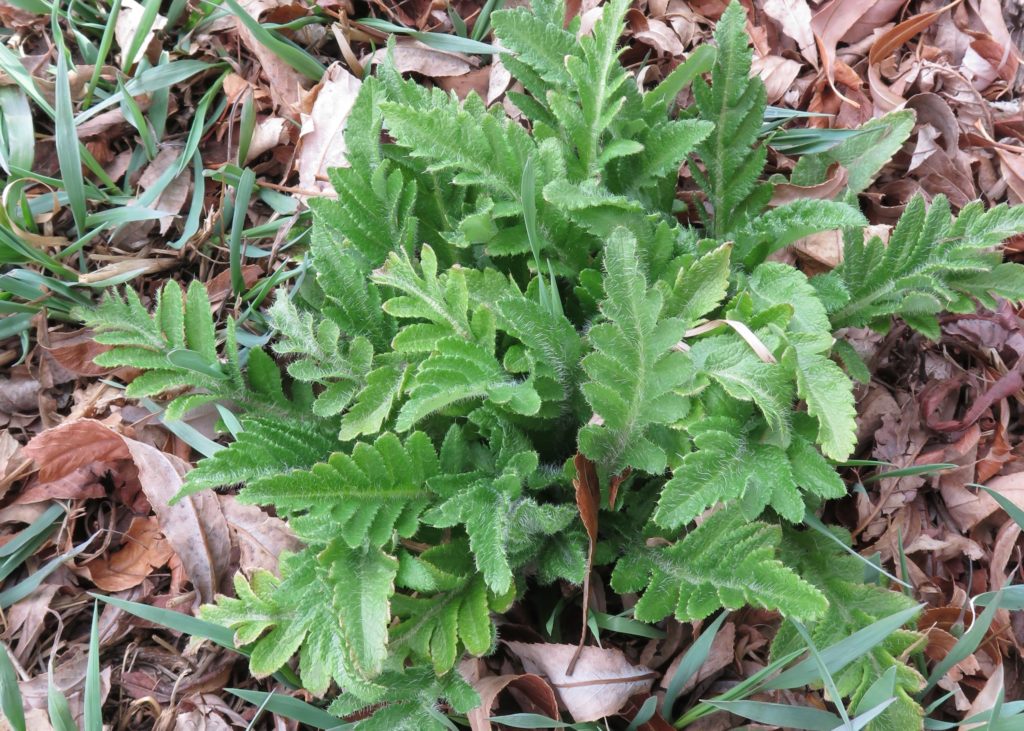
March is a month of intermittence. On Colorado’s Front Range, the weather changes daily, often mid-daily, from sunshine to rain to snow and back again.
March is also the month of emergence. After the dormancy of long winter, plants and animals wake up to spring’s warmth and light, an arousal reinforced for humans by the “spring forward” of clocks.
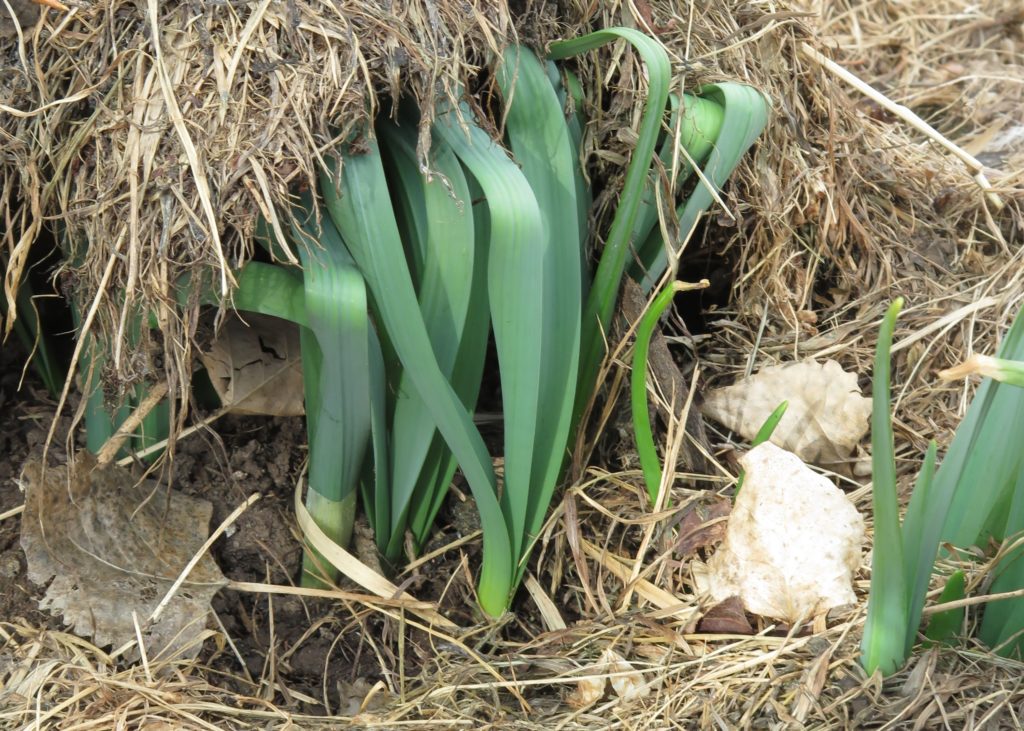
Walking around the farm these days or weeding cool beds in preparation for planting, I search for green. Poppies and daffodils reach for the sun. Tiny leaves of mint and thyme unfurl along roots and stems. Fall-planted garlic pokes through grassy mulch. Rhubarb propels its brainy head above a deep mat of autumn leaves.

With longer days, the chickens have started laying again in earnest. I laugh at myself for thinking that daylight savings time has made a difference in their productivity. Chickens respond to longer daylight, for sure, but do so quite separately from our mechanical and digital manipulations.
Near the bridge by the flower beds, my grandson and I find a hole an arm’s width in the grass fifteen feet from the edge of the ditch now flowing with snow melt. Muskrat, most likely, which means its burrow cuts under the bank much farther back than I would have imagined. We are disappointed not to be greeted by a furry neighbor popping its head out its back door, but we think it’s cool a creature lives under our feet.
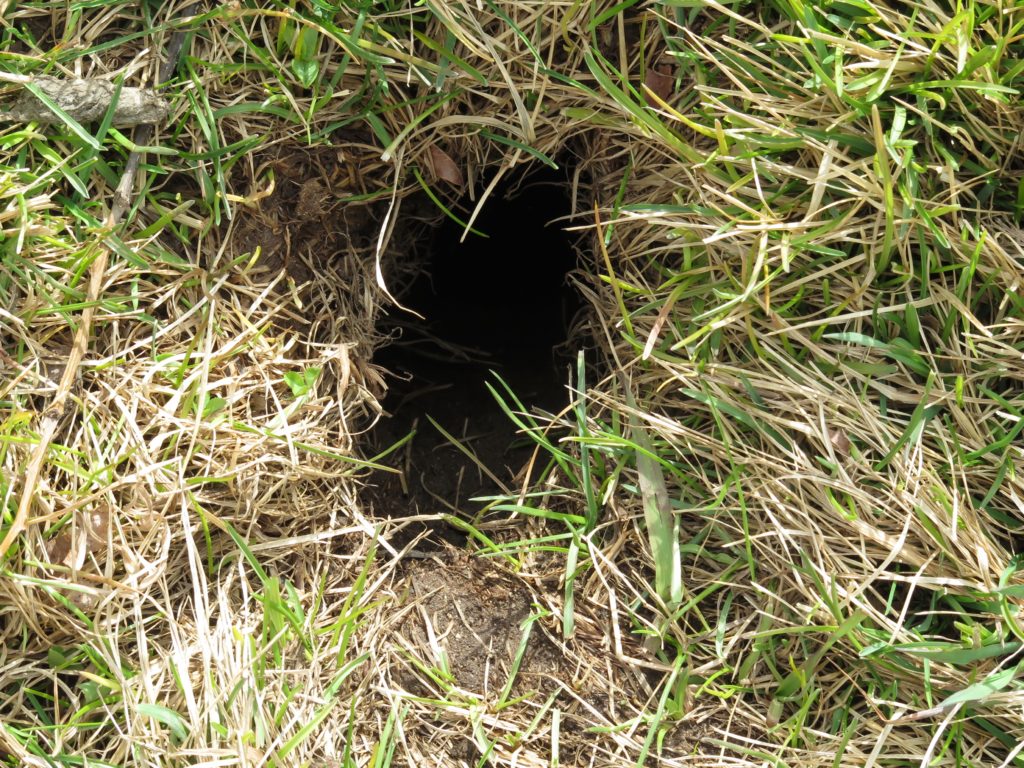
All these signs of emergence promise growth and regeneration of the natural world. Early spring—late March and April on the anthrocentric calendar—is a time of emergence for humans, too, at least those who live in a climate where the seasons make a difference. Warmer weather and longer daylight brings more time outside as we shed heavy coats and boots and the ennui of cold and dark. Many of us celebrate a spring holiday of renewal in faith or love. Ever the optimists, farmers start seedlings in the greenhouse.
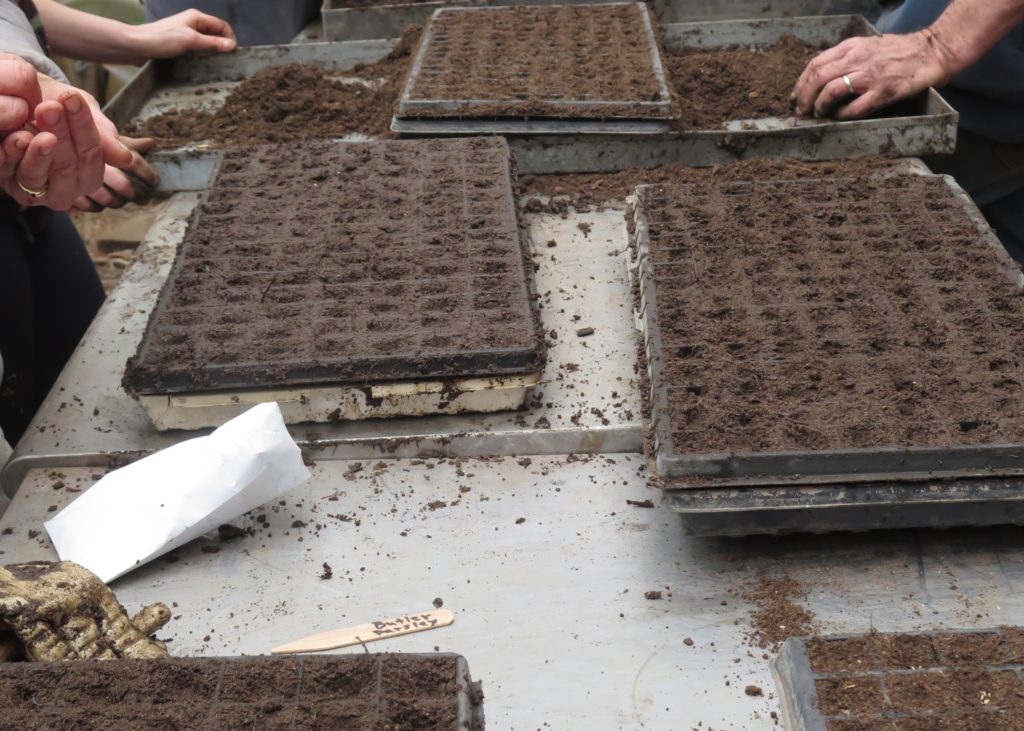
I have to admit I need a little shove in March to get myself back out into the world again. January and February are quiet times for me when I write, organize, read, and stay home by the woodstove as much as possible. March is my transition to a very busy summer and fall with farming and writing, not to mention recreation with family and friends.
But March also gives me a chance to emerge a bit at a time, taking my cue from the weather. When sunshine beckons, I keep an eye on the sky, not trusting the forecast. Spring snows don’t bother me as I prolong my respite by the fire. But finally, I awaken to find flowers blooming and the first spinach ready to pick in the fields. By my late March birthday, I’m ready for new plans (I’m an Aries, after all, so dreaming up the next big project is part of my MO), with winter forgotten behind me.
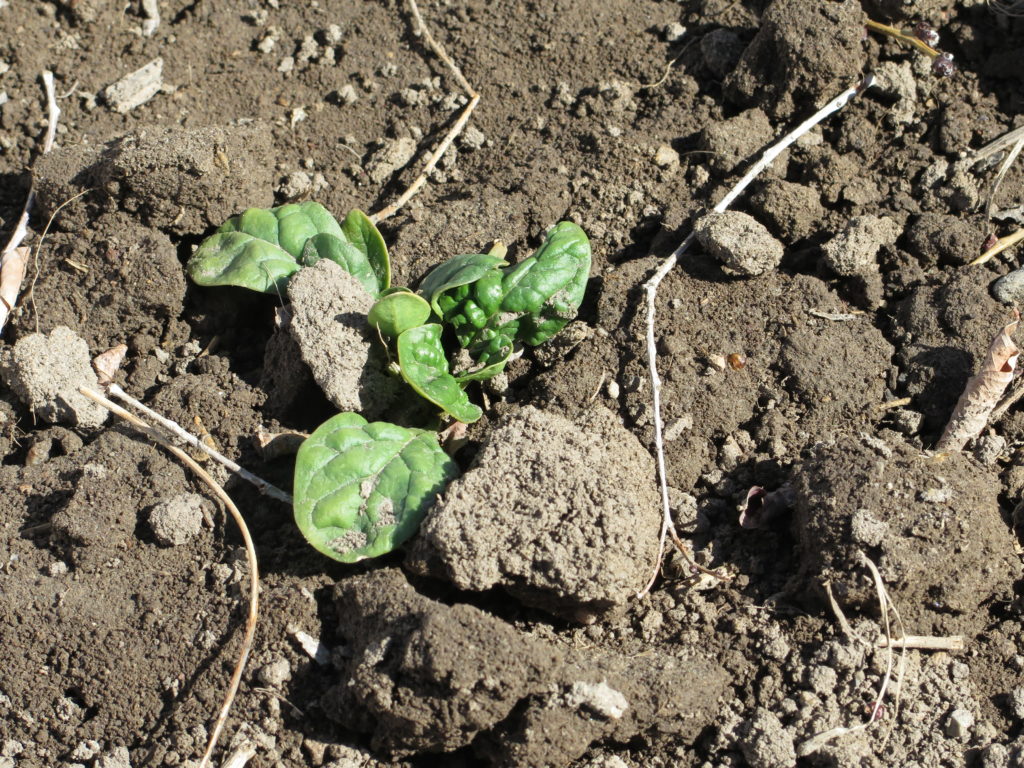
Ecobiography can examine the influence of the natural cycle of seasons on human activity and the plants and animals with which we share an ecosystem. Thinking of the transition from winter to spring as emergence brings an opportunity to consider what is new in our lives, as well as observe the changes such transformation plays in the natural world around us.
Writing Exploration: In a short essay or journal entry, write about your experience of spring. As the days grow warmer and longer, in what ways do you experience the transformation from winter to spring? From dark to light? From cold to warmth? From quiet times to busy-ness? From solitude to social ties? From root stew to fresh garden salad? From fireside to patio?
As you write, think about words that evoke a sense of emergence. You may have noticed I’ve used some in this post like “propel,” “awaken,” “transition,” and “renewal.”
Next, write about the ways spring brings new interactions with the natural world. What do you observe in spring that was missing in winter?
Finally, reflect on the idea of emergence. With this change of season, what are you emerging from? And what might you be emerging to?
